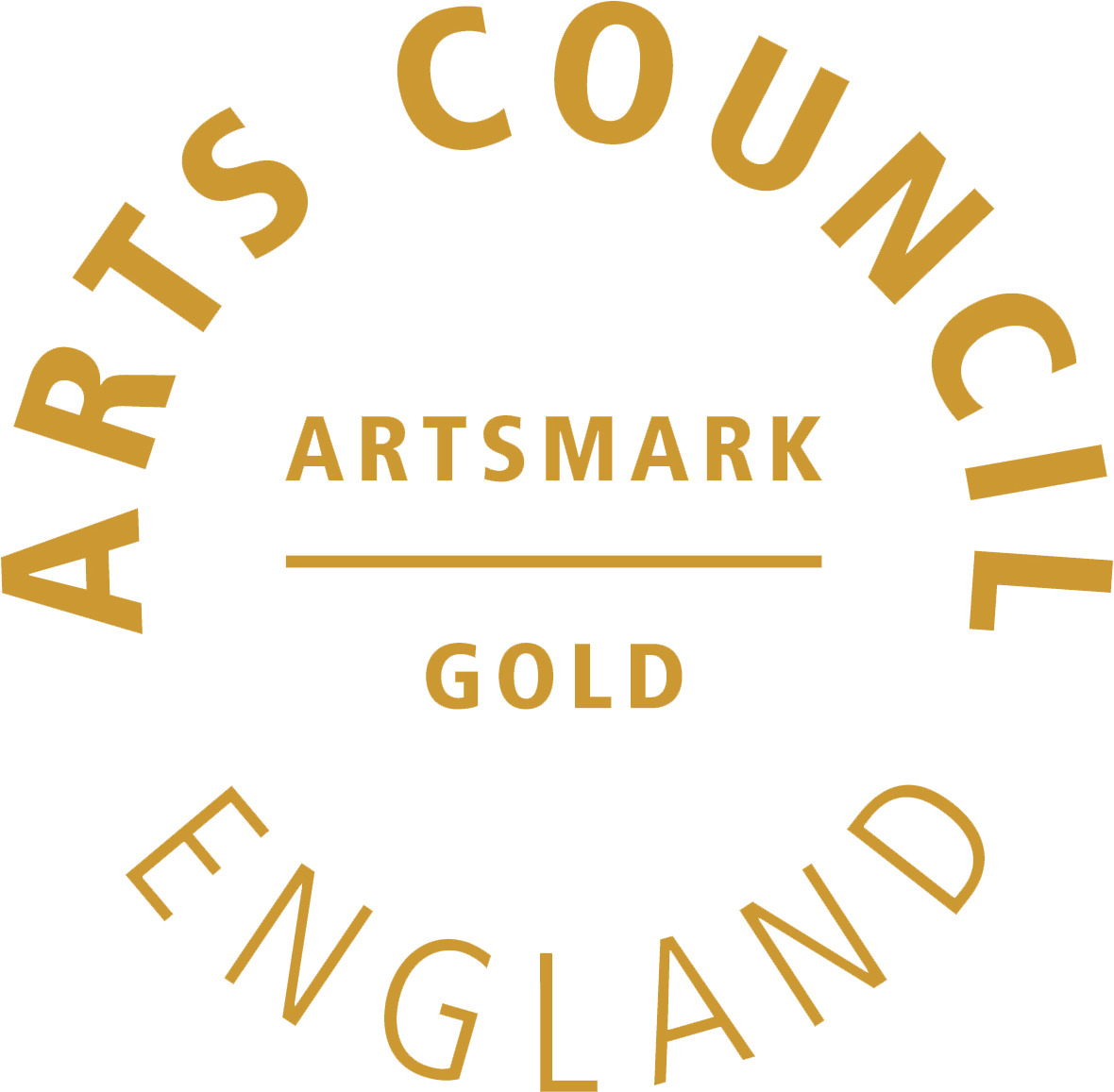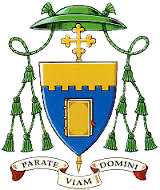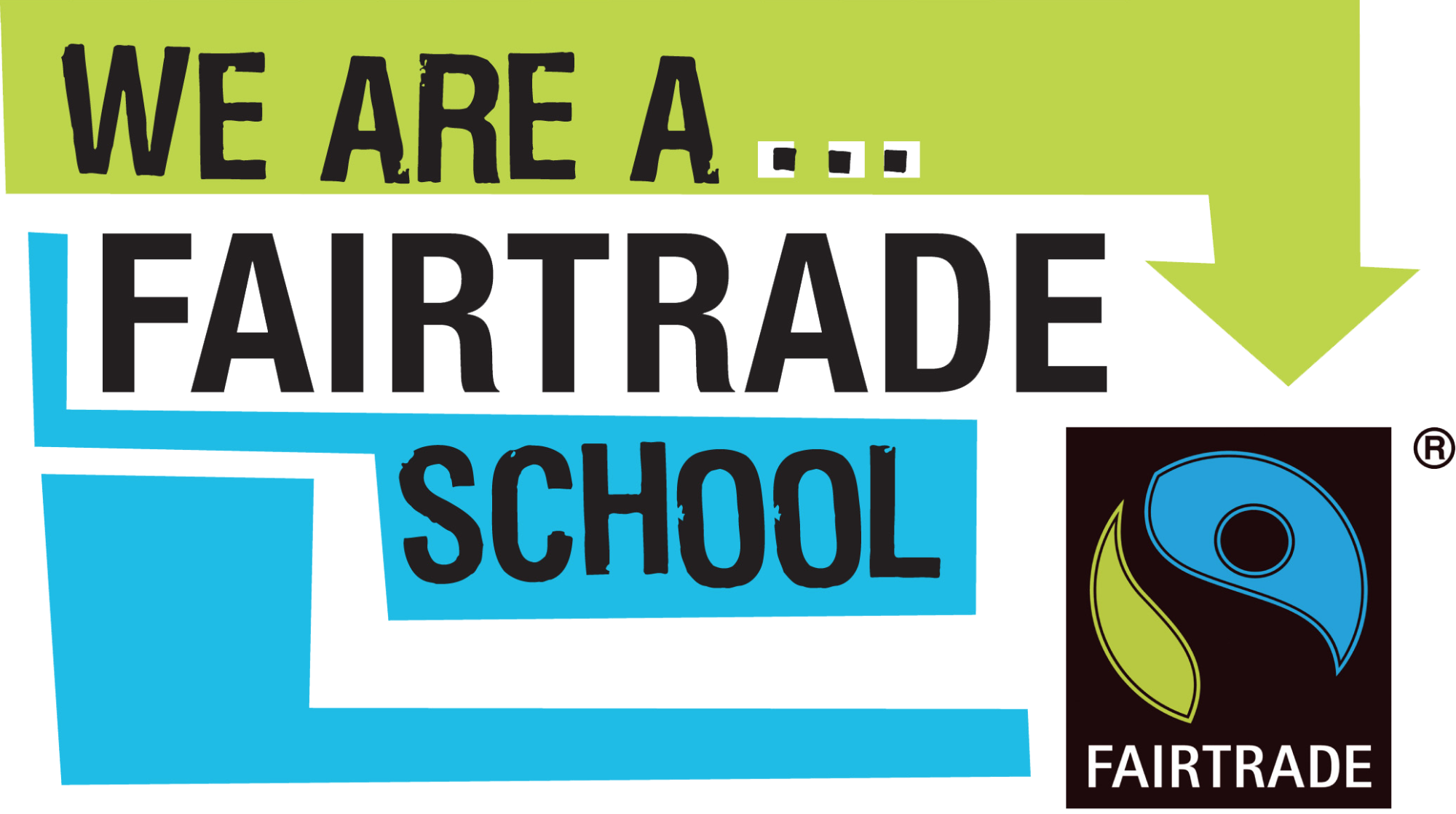Art
Our Mission
All that we do at St Joseph’s is shaped by our commitment to our Faith. Our Mission Statement is reflected in our art curriculum:
- Artists and their artworks show us how amazing they are, and they inspire us.
- We appreciate and evaluate our own and our peers’ successes in art.
- Art allows us to learn about and observe the world in which we live.
- Art shows us the beauty of God’s creation.
Our Vision for Art
We want our children to speak, think and behave like artists, developing confidence in their knowledge of art and in their use of key techniques.
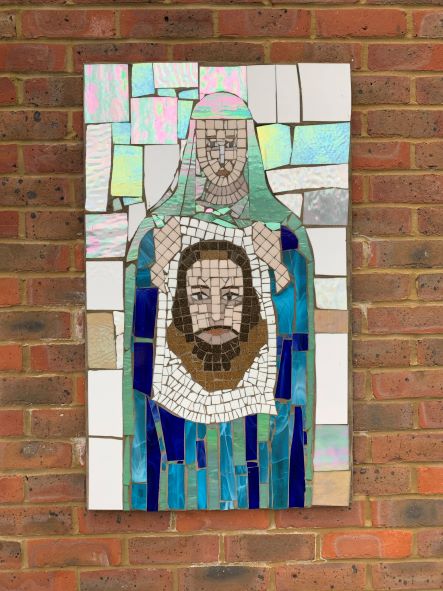
Children will develop a solid foundational knowledge of art, taught through a series of topic areas and specific skill-based lessons. We want our children to have the opportunity to explore their ideas, recording their experiences creatively as well as exploring the work of others.
From that basis, supported by regular retrieval, knowledge about artists and repetition of key techniques throughout the school, children go on to develop schema to link their art knowledge and understanding. They will acquire the knowledge and cultural capital they need to succeed in life.
In Reception, we build the foundation blocks for future learning. An example of how learning builds on previous experience would be that children in Reception learn how to manipulate paper and materials to create different textures, such as scrunching, curling, twisting and use different tools to attach materials. They also learn how to identify 2D shapes in images that they wish to recreate. By year one the children's skills are such that they are ready to learn how to quill using paper, and they will create space art related to their Neil Armstrong topic.
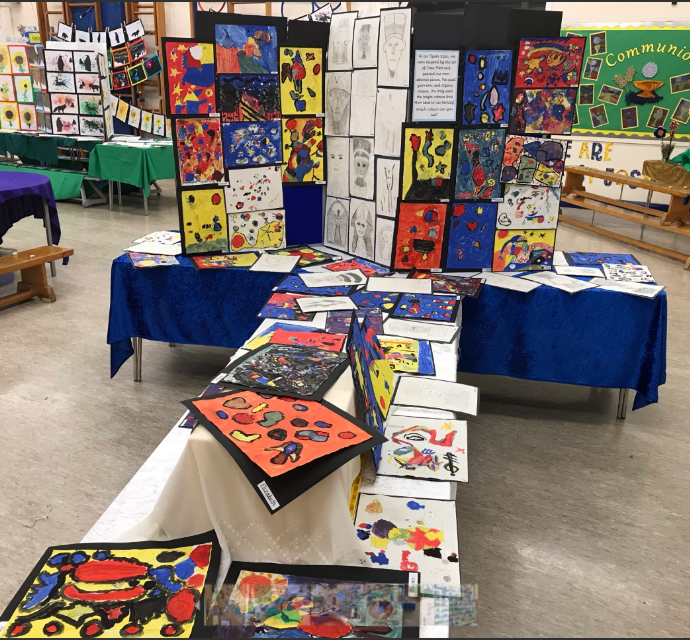
The key artistic techniques of drawing, painting (including Colour Theory and mixing) and sculpture are taught in each year group to enable knowledge to be built upon.
Each year group has standalone skills-based lessons, in addition to topic-based work.
Over time, they will hone their artistic learning skills for:
- Producing creative work, exploring their ideas and recording their experiences using a variety of
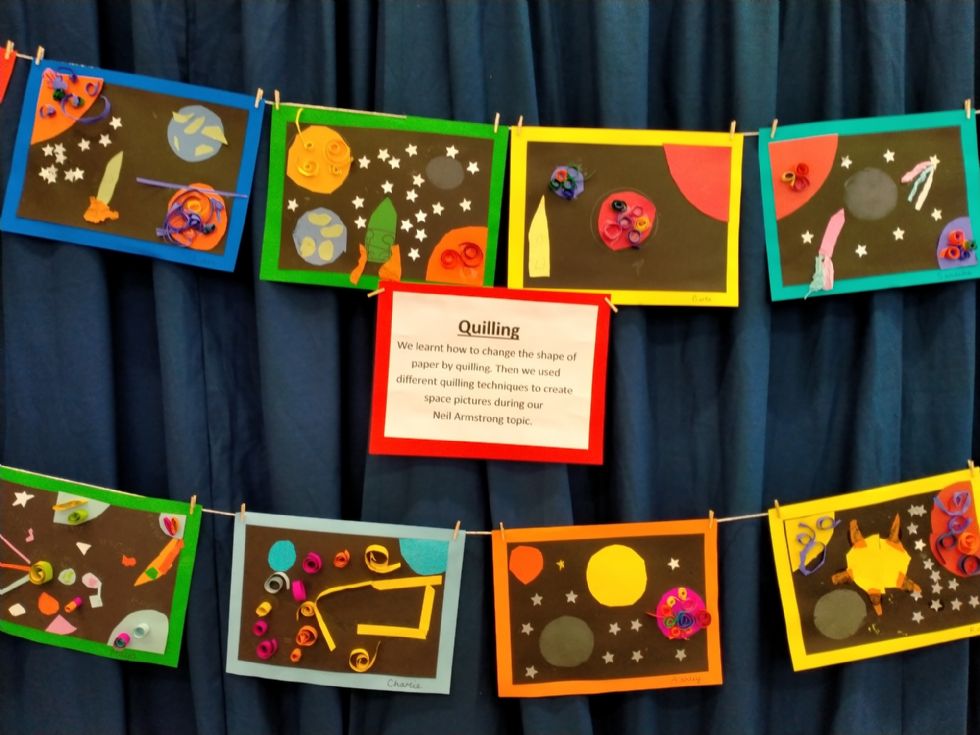 materials and techniques. The children will understand that they can present their work in individual ways to show their own learning journey.
materials and techniques. The children will understand that they can present their work in individual ways to show their own learning journey. - Using a variety of artistic techniques. The children will become proficient in drawing, painting, sculpture and other art, craft and design techniques (e.g. collage and printing).
- Evaluating and analysing. The children will develop their ability to evaluate their own and others’ creative works using the language of art, craft and design. They will develop their ability to read visual images and artefacts, forming opinions and asking questions about them.
- Research skills. Great artists, craft makers and art from different historical eras will be learned about, where the children can compare similarities and differences between them, in addition to the historical and cultural development of their art forms.
Children learn about:
- Great artists and craft makers (e.g. Katsushika Hokusai and Clarice Cliff).
- Art from different historical eras (e.g. Bell beakers from the Stone Age).
- Key techniques within drawing, painting and sculpture (e.g. Colour Theory and mixing).
- Control and use of a variety of materials (e.g. sketching pencils, printing ink and rollers).
- Other art, craft and design techniques (e.g. printing and collage).
- How to compare, evaluate and analyse creative works using the key art, craft and design vocabulary.
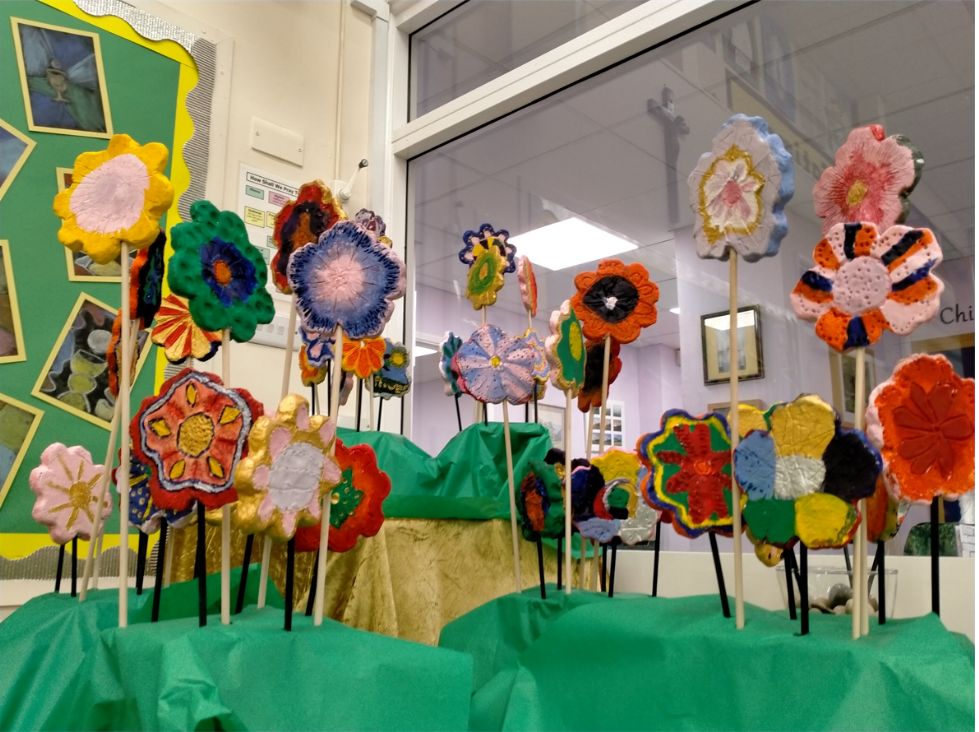
The Framework for Learning in Art
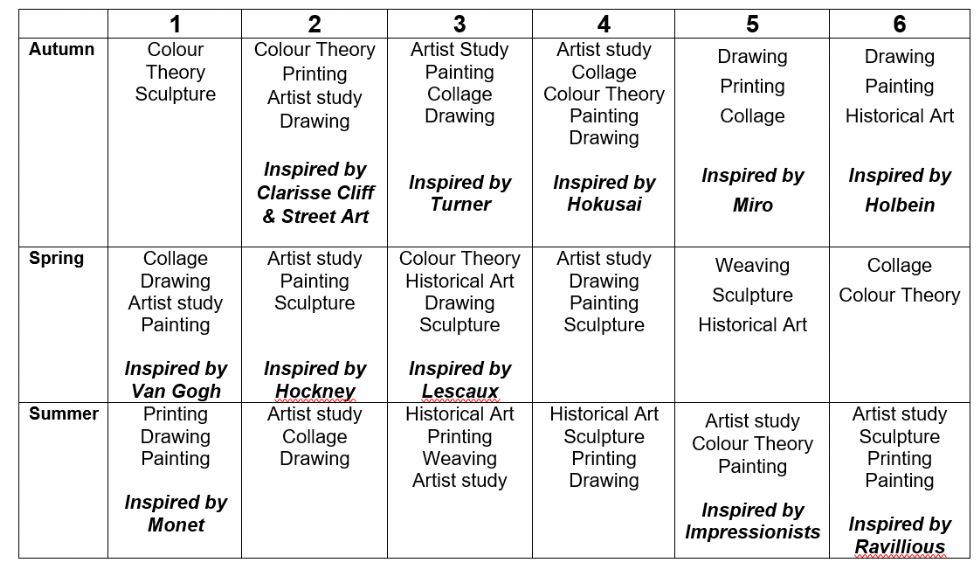
Teachers plan regular art lessons through each term. They plan learning tasks, which focus on developing the children’s artistic skills using a variety of materials and scales.
How teachers embed knowledge and skills?
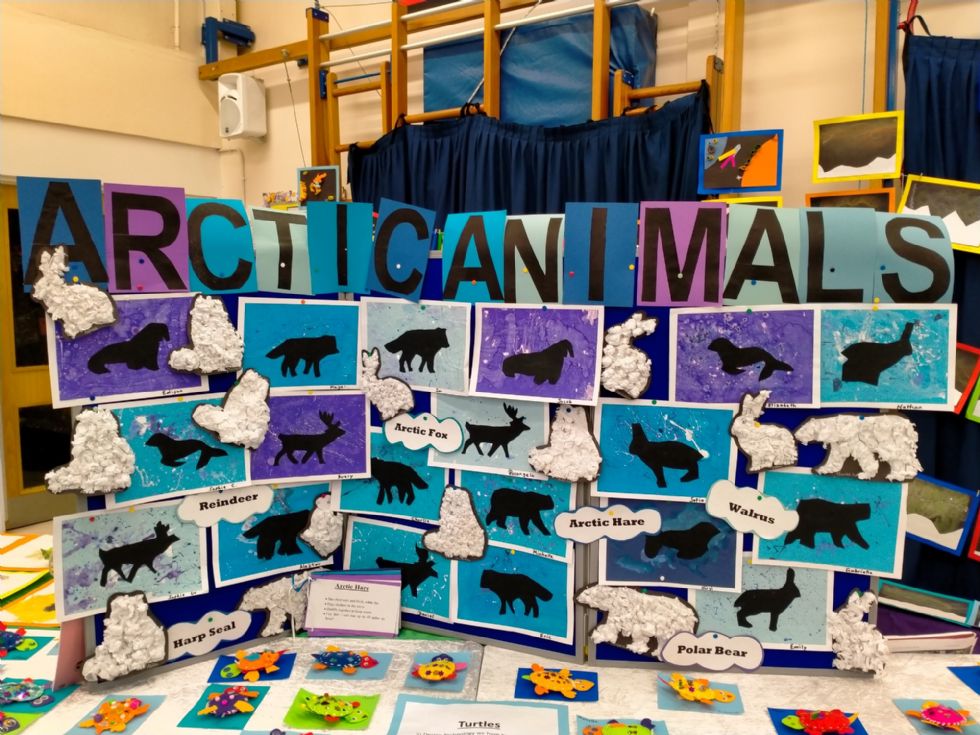 Often the lesson is new learning, but sometimes it is retrieval practice of previous learning, practising art skills.
Often the lesson is new learning, but sometimes it is retrieval practice of previous learning, practising art skills.
Children have ‘Power Pages’ for their art learning each year, which capture key artists, art movements, vocabulary and other knowledge into motivating learning challenges for the children. Children demonstrate a high level of engagement with using them.
Children develop the accurate use of technical vocabulary when evaluating and describing their work, becoming more confident in analysing and forming opinions on artwork. Children have word banks which they are challenged to read fluently and explain.
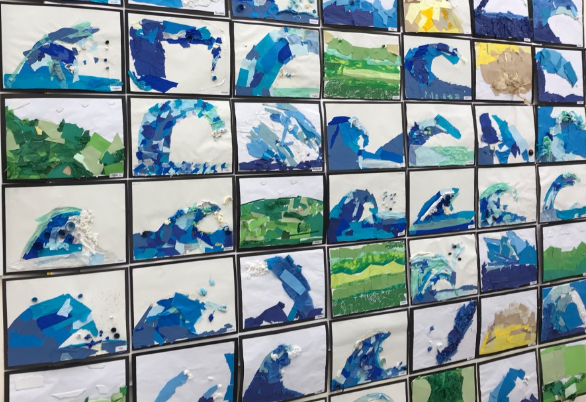
Children are assessed regularly on these words and there is an award made each term to reflect their efforts.
Children are encouraged to read for pleasure and borrow non-fiction art books of interest to take home to read and research artists or art from historical eras.
Achieving Mastery in Art
So, are our children thinking and working like artists? We are pleased to say that they are. Follow the link below, which will take you the Art Exhibition page. There you will see the work children completed up to February 2023:
https://www.stjosephs-epsom.surrey.sch.uk/page/?title=Annual+Art+Exhibition&pid=143
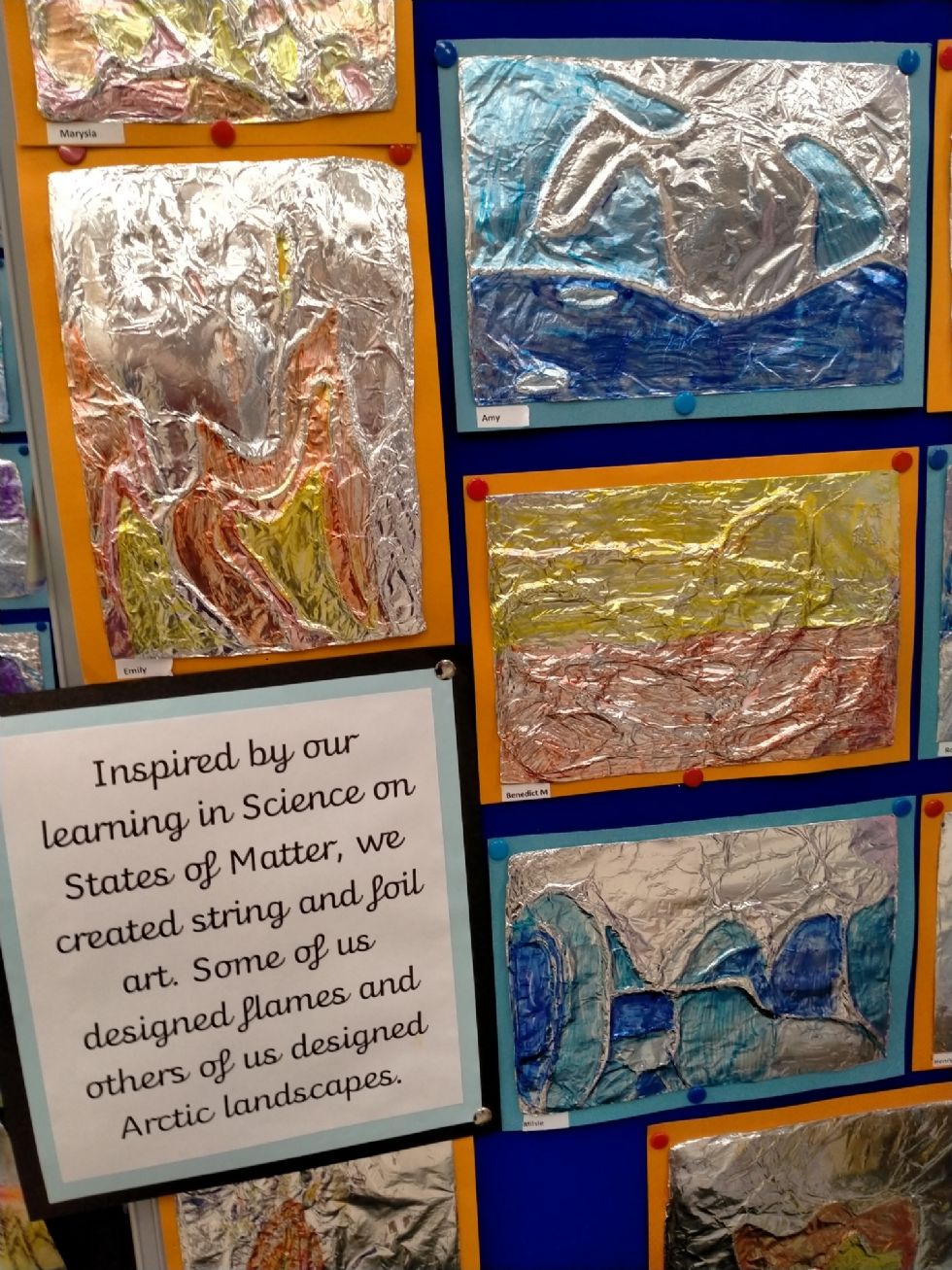 Children become increasingly proficient in their art. Teachers measure progress in drawing skills each term, based on an assessment task along the following themes:
Children become increasingly proficient in their art. Teachers measure progress in drawing skills each term, based on an assessment task along the following themes:
- Autumn: Still life (observational drawing – form and detail)
- Spring: Family portrait (from memory – scale, detail and proportions)
- Summer: Movement (from images – line and form to show movement)
Children have the opportunity to share their work with their parents on three open days through the year, a shared time, which they relish.
The annual art exhibition enables children to display some of their work for their parents and the whole school to visit. The quality of the work produced is always impressive, a broad range and a delight to see.
Following the Exhibition in 2022, one parent commented,
"This year’s exhibition was a wonderful triumph and a credit to all the staff who have worked incredibly hard to produce such a high standard of work. Considering the constraints of rising Covid cases within the school, what an exceptional display of the children's abilities and topics."
Our children develop a good level of automaticity in their knowledge and skills.
In summary, we lead children towards mastery in subject knowledge and technical skills in Art.
The following images are from a day spent by our arts ambassadors at a local secondary school. They worked with children from across other schools and produced these wonderful Tiki masks.
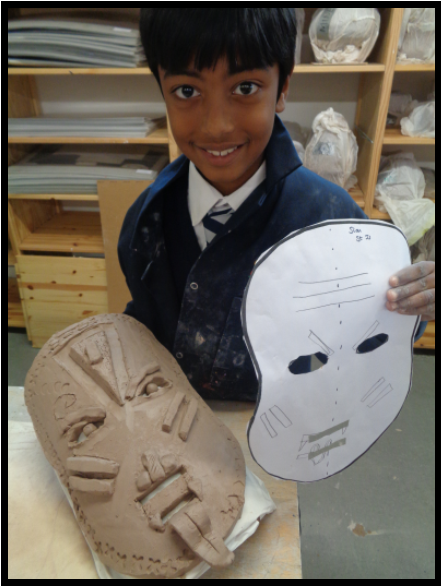
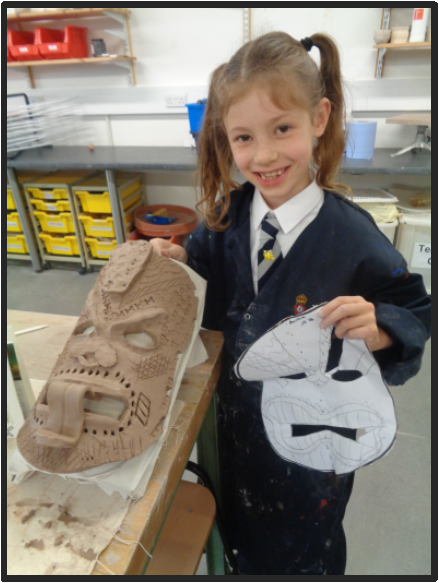
Our Arts Ambassadors
Children with a passion for the arts have a specific role in the school. They guide the school through regular re-accreditation as an Artsmark Gold school.
Our Art Exhibition is a two-day event where families and governors come to view the exceptional standard of work produced by all children.
The Arts Ambassadors play a central role in identifying the theme of the exhibition and being present when visitors arrive. 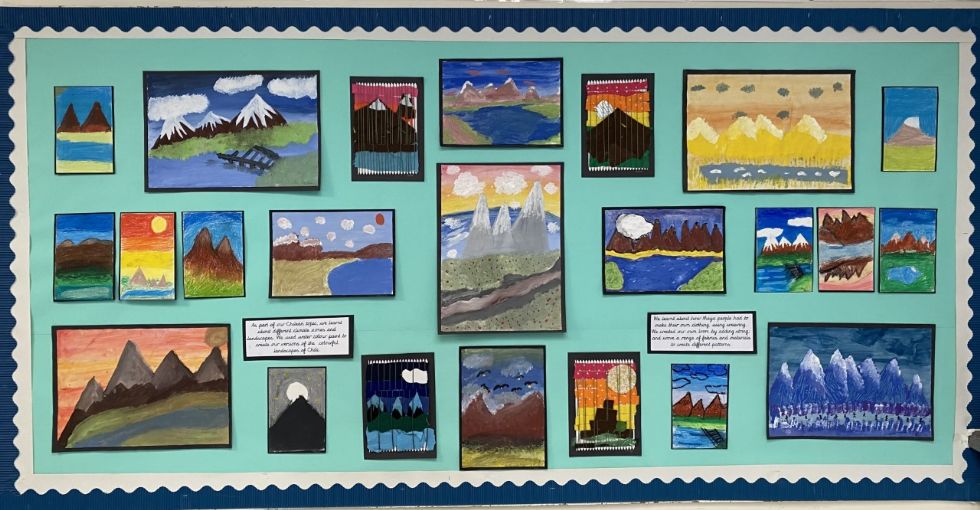
Each exhibition takes a theme, one recent one being Valparaiso, the city in Chile which we study in Geography.
Children focussed their art of capturing the colourful favelas.
The parents and carers show their appreciation of the work the children produce by attending in great numbers. Their feedback is a pleasure to receive,
"Wonderfully set out and such creative displays of work. I was very impressed with the quality, time and effort that went into each and every piece of art work. It was clear that the children took great care and pride in their work; it was equally wonderful to see that time and space had been taken to place emphasis on the importance of art and creativity." (March 2022)
"Thank you for a lovely art exhibition today...it was beautifully presented as always. We really appreciate the care and effort you put into all the events." (March 2022)

